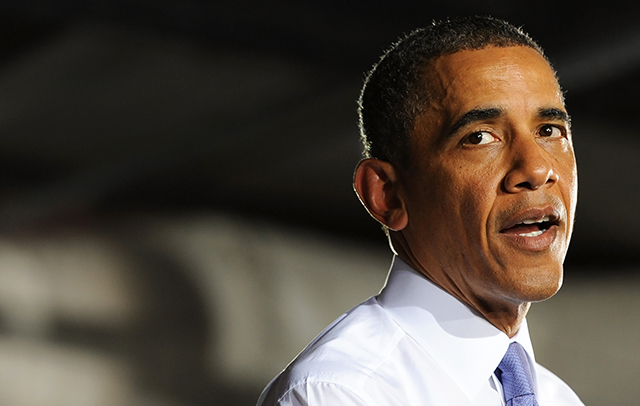Obama Debt Limit Proposal: We Spend More, You Pay More
Romina Boccia /
During remarks given after the passage of the Senate continuing resolution today, President Obama stressed once again his unwillingness to work with Republicans to find spending cuts before increasing the debt ceiling, while suggesting that he was otherwise eager to find a solution to America’s fiscal future. The President stated:
Now, I am willing to work with anybody who wants to have a serious conversation about our fiscal future. I’ve demonstrated that by putting forward serious reforms to tax and entitlement programs that would bring down our long-term deficits. I have said in the past, and I will continue to say, that I’m willing to make a whole bunch of tough decisions, ones that may not be entirely welcome by my own party.
Is that so, Mr. President? Here at Heritage, we’ve taken a closer look at the Obama Budget proposed this spring to see just what kind of “serious reforms to tax and entitlement programs that would bring down our long-term deficits” the President proposed.
Here are 6 takeaways from Obama’s budget and the charts that show it.
1. President Obama’s budget never balances, despite a $1.1 trillion tax increase over 10 years.
2. Even with the President’s tax increases, deficits would increase by $200 billion through 2015 as the President’s spending increases more than offset his tax increases.
3. President Obama’s budget would increase the debt held by the public by one-half from $12.1 trillion in 2013 to $18.1 trillion by 2023, for a $6 trillion increase.
4. President Obama would raise $7 in tax increases for every $1 in spending cuts with his deficit reduction proposals. President Obama promised a balanced approach of $2 in spending cuts for every $1 of tax increases.
5. The President’s budget increases spending during his second term in office by $335 billion. The budget delays any spending cuts until 2018, when he has already left office.
6. Half of his budget’s spending cuts are unrealistic: He cancels war spending that was never planned and then claims savings; he excludes any emergency funding for disasters like hurricanes and floods.
Americans’ oppose the President’s debt limit strategy by a ratio of nearly two to one. 61 percent of Americans want to see real and meaningful spending cuts before the debt limit is raised yet again. But, President Obama’s proposal would actually increase spending and the deficit during his remaining term in office.
President Obama should stop playing games and start working with Congress to cut spending and make meaningful reforms that put the budget on a path to balance—before the debt ceiling clock runs out.



